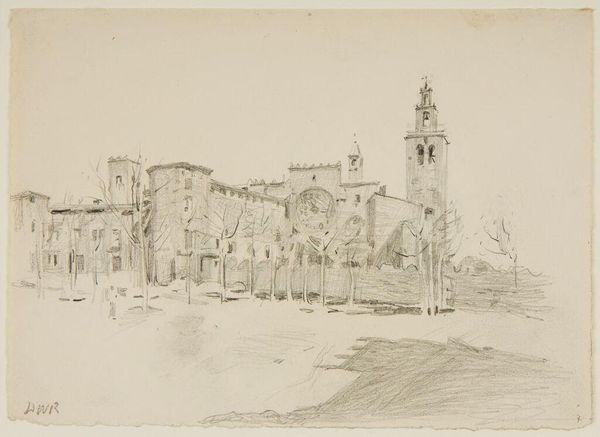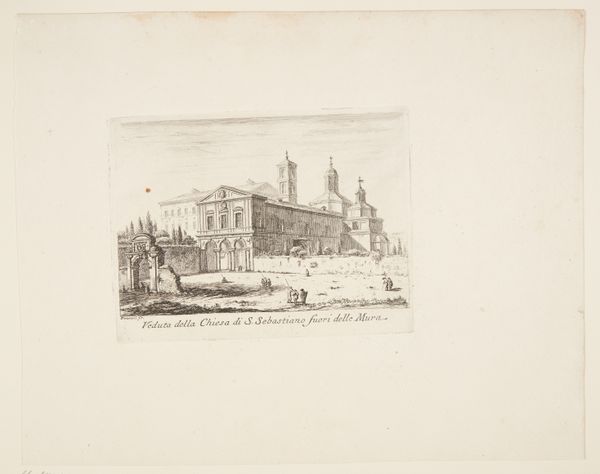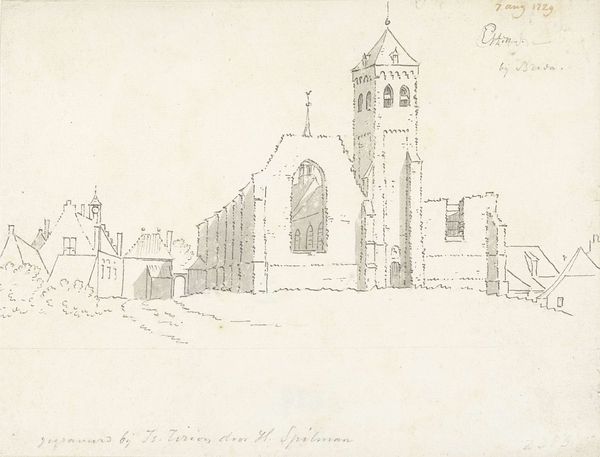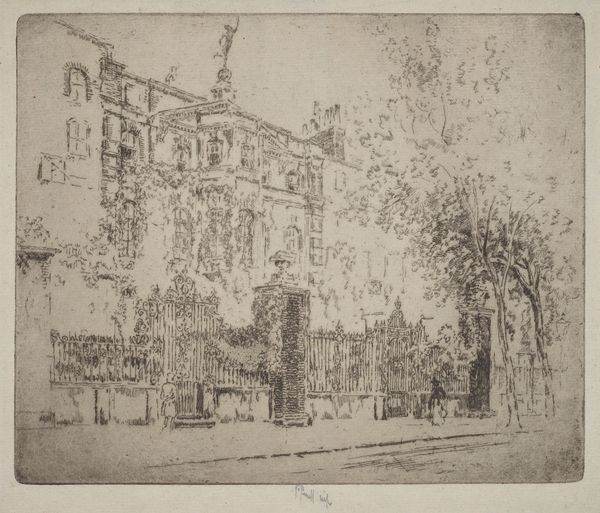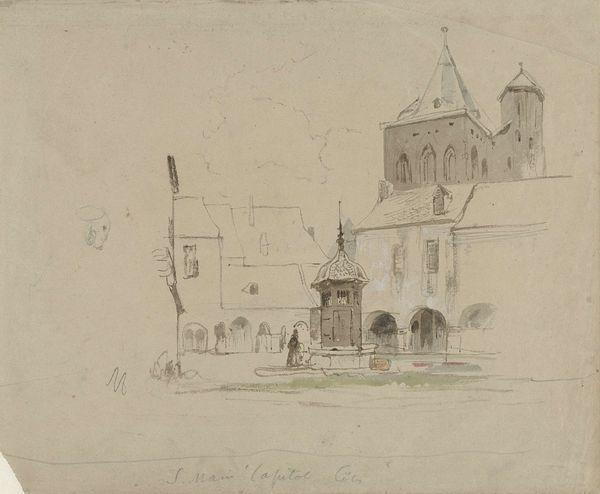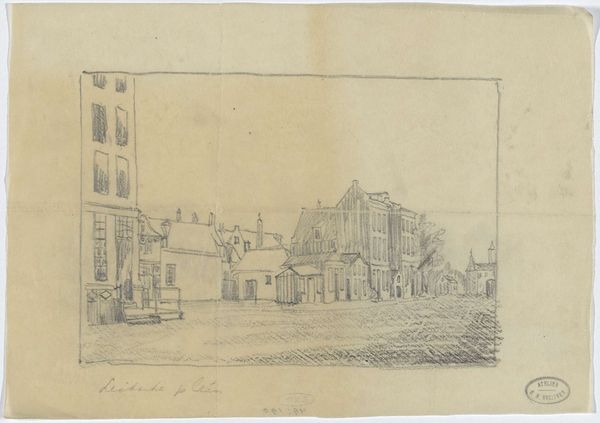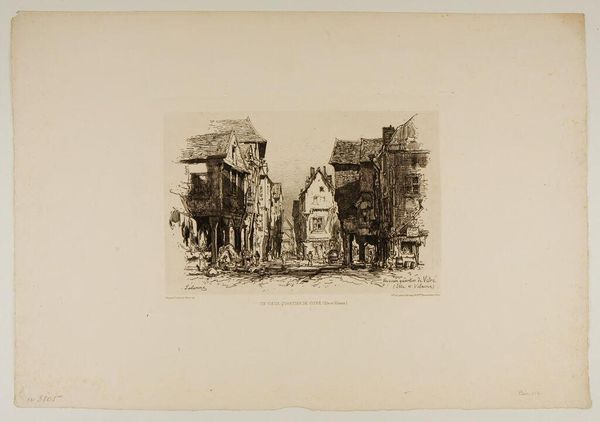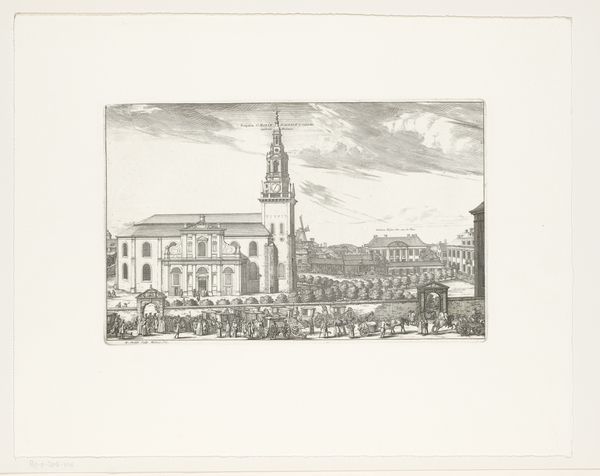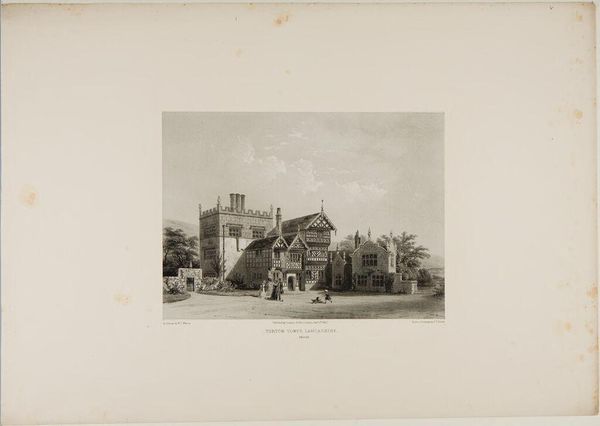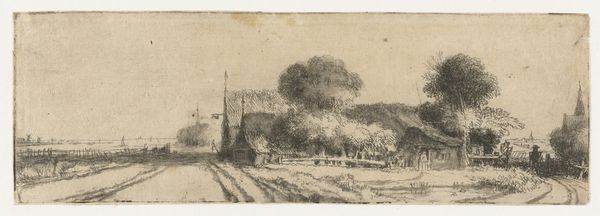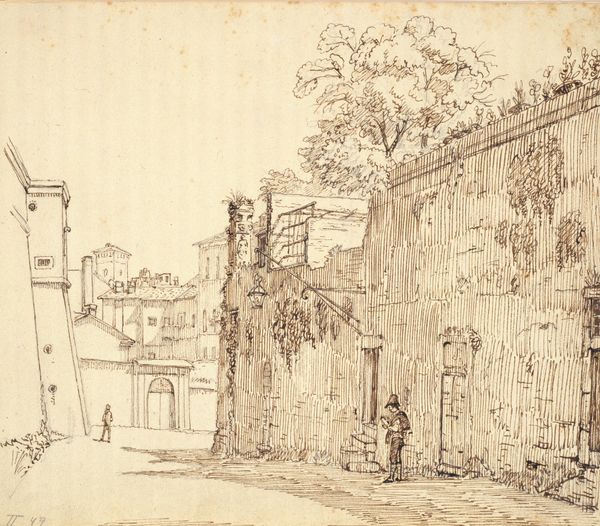
drawing, plein-air, paper, ink
#
drawing
#
plein-air
#
landscape
#
paper
#
ink
#
orientalism
#
cityscape
#
realism
Dimensions: 22.5 x 28.3 cm
Copyright: Public domain
James Tissot, a French painter who found success in Victorian England, made this pen and ink wash drawing, titled "Supposed Site of the Temple." Tissot's identity as a cosmopolitan artist situates him uniquely to observe the late 19th-century Western gaze on the 'Orient.' His decision to depict the Temple Mount reveals a moment of heightened interest in archaeological and biblical sites. The drawing prompts a reflection on the intertwined relationship between religious history, colonial exploration, and artistic representation. Whose stories get told, and who gets to tell them? Tissot's image invites us to consider the power dynamics inherent in representing a site of profound religious significance to multiple faiths through the eyes of a Western artist. How do we grapple with the weight of history and representation when encountering such images? How can we become more critically aware of whose perspectives are privileged?
Comments
No comments
Be the first to comment and join the conversation on the ultimate creative platform.
